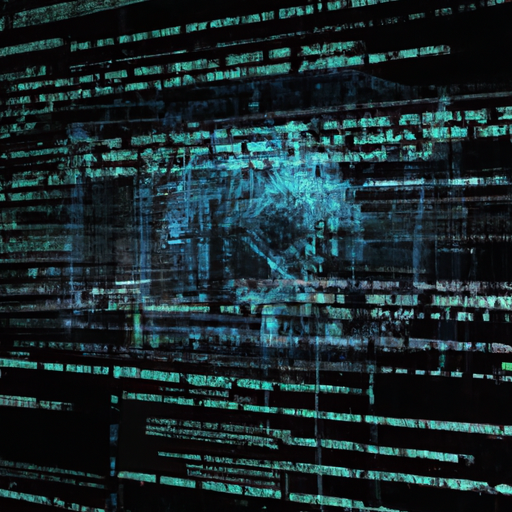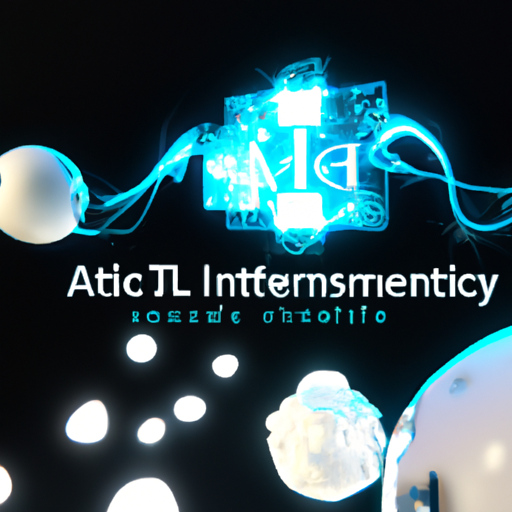SETI Institute Researchers Engage in World’s First Real-Time AI Search for Fast Radio Bursts
The quest to understand the universe and our place in it has taken a significant leap forward. In a groundbreaking initiative, the SETI Institute has launched the world’s first real-time AI search for fast radio bursts (FRBs), aiming to unravel one of astronomy’s most puzzling phenomena. How does artificial intelligence (AI) factor into this cosmic hunt, and what could these elusive radio signals tell us about the universe? In this article, we’ll delve into the world of FRBs, explore the transformative role of AI in astronomy, and examine the pioneering efforts of the SETI Institute in this exciting new frontier.
Understanding Fast Radio Bursts
Fast radio bursts (FRBs) are brief, intense pulses of radio waves that originate from far beyond our galaxy, lasting only milliseconds. Despite their fleeting nature, FRBs have captured the imagination of astronomers worldwide due to their mysterious origins and immense energy. First discovered in 2007, these enigmatic signals have been detected in increasing numbers, yet their source remains largely unknown. Some theories suggest they could be the result of neutron stars, black holes, or even extraterrestrial civilizations. Whatever their origin, FRBs hold the potential to unlock new insights into the structure and behavior of the universe.
The Role of AI in Astronomy
In recent years, artificial intelligence has revolutionized many fields, and astronomy is no exception. The vast amount of data generated by modern telescopes and space missions necessitates powerful tools for timely analysis and interpretation. AI’s capacity for pattern recognition and real-time data processing makes it an invaluable asset in this context. For example, machine learning algorithms can sift through terabytes of data to identify celestial phenomena like FRBs, which might otherwise go unnoticed in traditional observational methods. This capability accelerates the discovery process and enhances our understanding of complex cosmic events.
SETI Institute’s Innovative Approach
The SETI Institute, known for its innovative research into the search for extraterrestrial intelligence, has been at the forefront of integrating AI into astronomical studies. Their recent endeavor focuses on leveraging machine learning to detect fast radio bursts in real-time. This approach involves advanced algorithms trained on vast datasets of previous radio observations, enabling the system to identify and flag potential FRB candidates almost instantaneously. By operating in real-time, SETI’s AI system not only enhances the likelihood of capturing these fleeting events but also facilitates immediate follow-up investigations to determine their origins.
The technology behind this initiative employs neural networks and deep learning techniques designed to recognize the unique characteristics of FRBs amidst a backdrop of cosmic noise. Such technological integration marks a significant advancement in the field, where time is often of the essence in capturing transient astronomical events. SETI’s pioneering work could pave the way for future AI applications across various research domains within astronomy.
Conclusion
The intersection of artificial intelligence and astronomy heralds a new era of discovery, offering unprecedented opportunities to unravel the mysteries of the universe. The SETI Institute’s real-time AI search for fast radio bursts exemplifies how cutting-edge technology can enhance our exploration of the cosmos. As we continue to harness AI’s potential, the promise of unveiling cosmic secrets becomes ever more attainable. Enthusiasts and experts alike are encouraged to stay informed about these developments, as the pursuit of knowledge expands beyond the stars. Visit the SETI Institute’s website to learn more about their groundbreaking research and the potential of AI in transforming our understanding of space.





